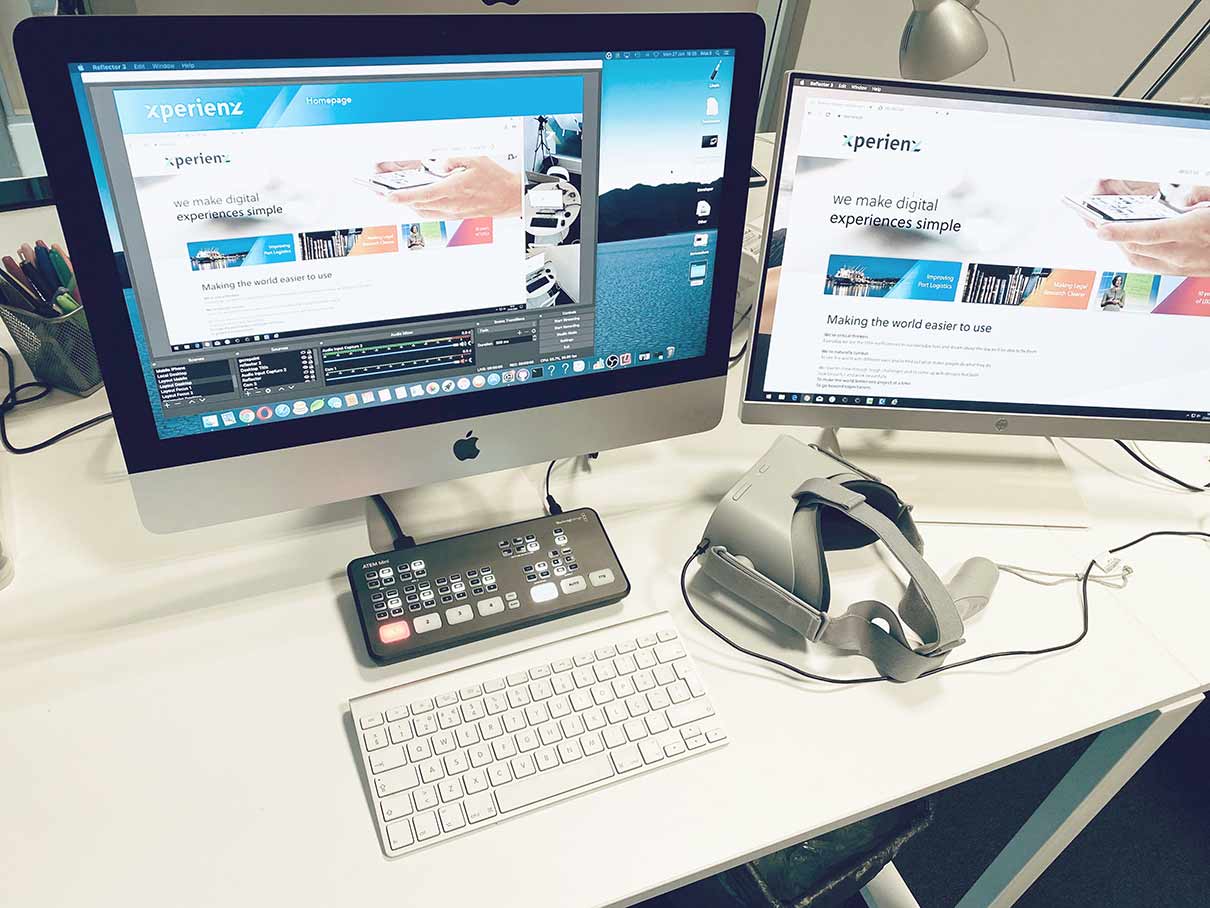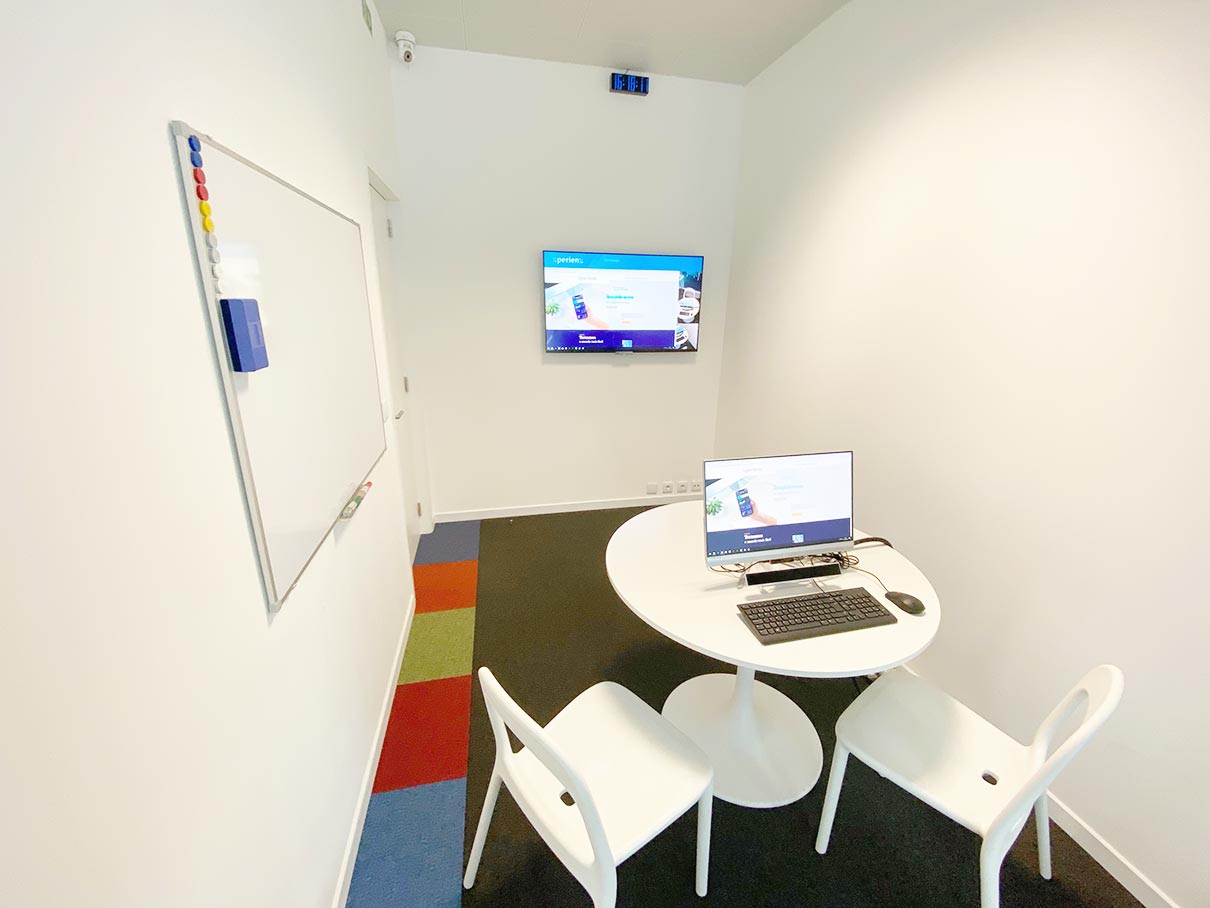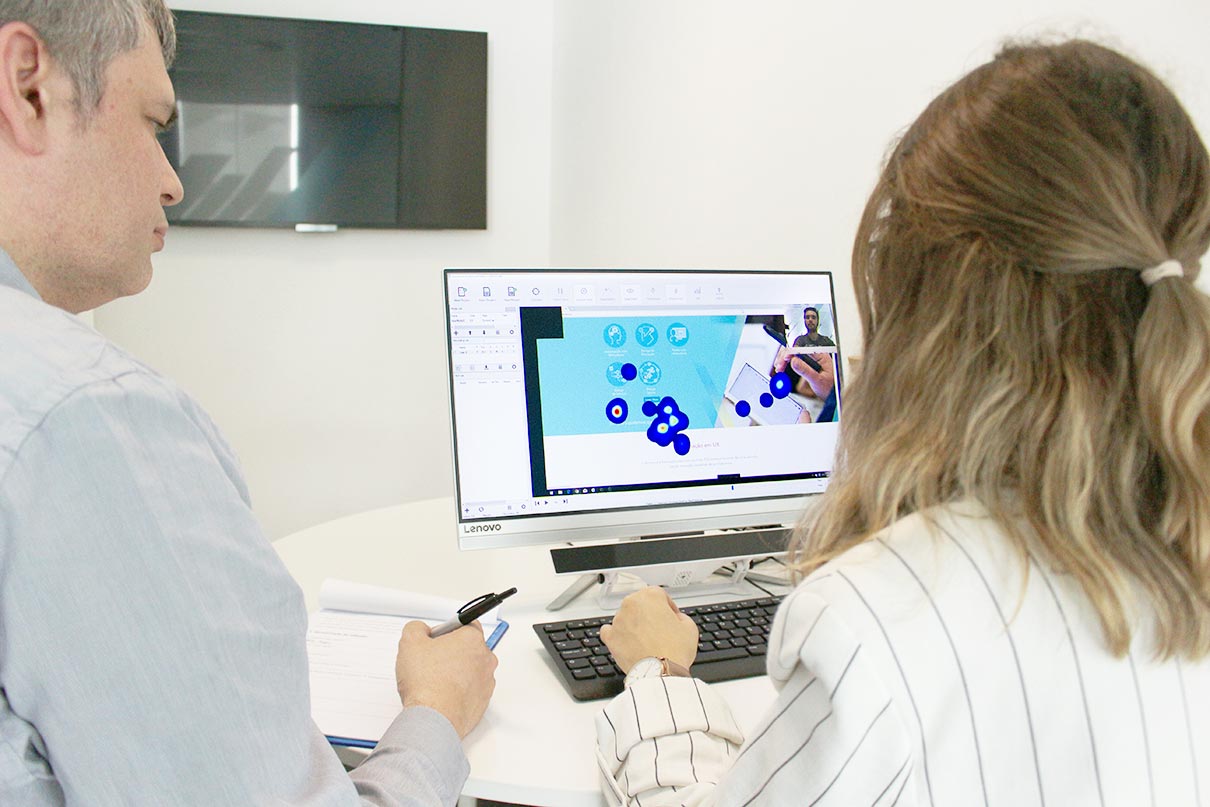Learning from users' feedback
Usability testing is all about getting real-life users to interact with a website, an app or any other product to see how easy to use a service or product is by observing their behaviour and reactions to it, where they encounter problems and hurdles to overcome or experience confusion as they attempt to complete tasks on it. Those tasks represent actions that a real user would typically carry out with the finished service or product. They must be pivotal to the service and represent business value.
Usability testing is an integral part of an iterative design process. All findings are analysed and converted into redesign recommendations for the next iteration. The main goal is to make sure an effective, efficient and enjoyable experience is build for the users.
If we think about an e-commerce website, for example, we might want to know if the users can filter to find a product they are looking for, if they can easily select and add products to the shopping cart and complete the checkout process or if they perceive payment methods as safe and secure.
A designer or project manager in-dept knowledge of, and familiarity with, their product might blind them from seeing its design and usability issues. Whether during the development of a new product or the redesign of an existing one, the design process can benefit from having a new set of eyes testing the user experience.
Choosing your sample
It’s important to establish clear criteria for recruiting participants, so that they closely resemble the actual user base of the product or service being studied. In order to have a representative sample, 5 participants is the ideal minimum to recruit. However, the broader the testing, the more insights and usability problems might be identified.
The test setup
Participants perform the tasks in an isolated room, with no distractions so that the use of the service or product can be as close as possible to a real-life situation. They use a special desktop computer which is running screen-recording software and has a webcam to capture their facial expressions. Other cameras strategically located in the room might also be used to capture body language.
In the room there’s also a note taker to ensure the facilitator can be 100% focused on guiding the participant through the process and no insight is forgotten.


Running a usability test
In a usability-testing session, a facilitator asks the participants to perform a series of tasks. Those tasks are actions that the participant might typically carry out in real life as they interact with the product. As they perform these tasks, the facilitator observes the participant’s behaviour, including their reactions, body language and facial expressions, and listens for feedback. The participant is asked to think out loud, narrating their actions and thoughts as they perform the tasks. This allows the facilitator to better understand their behaviours, goals, thoughts and motivations.

Benefits of evaluating ease of use
- Prototype validation to ensure a high ROI
Validate a prototype before spending a lot of money building out a complete service
- Reducing the risk of failure
Confirm if the product meets expectations thus minimising the risk of product failure
- Spot errors and issues
Identify minor errors such as broken links, errors or grammatical issues
- Delivering a great user experience
Create a user-friendly product and provide a great user experience
- Simplifying processes
Make sure complex processes are straightforward and intuitive
- Learn about the target users’ behaviour and preferences
- Uncover opportunities to improve
Planning a new research project?
Xperienz is the only UX consultancy in Portugal with their own research facilities, packed with everything to capture your users’ insights. We can test websites, desktop and mobile apps, consumer electronics or any electronic device.
Tell me more
